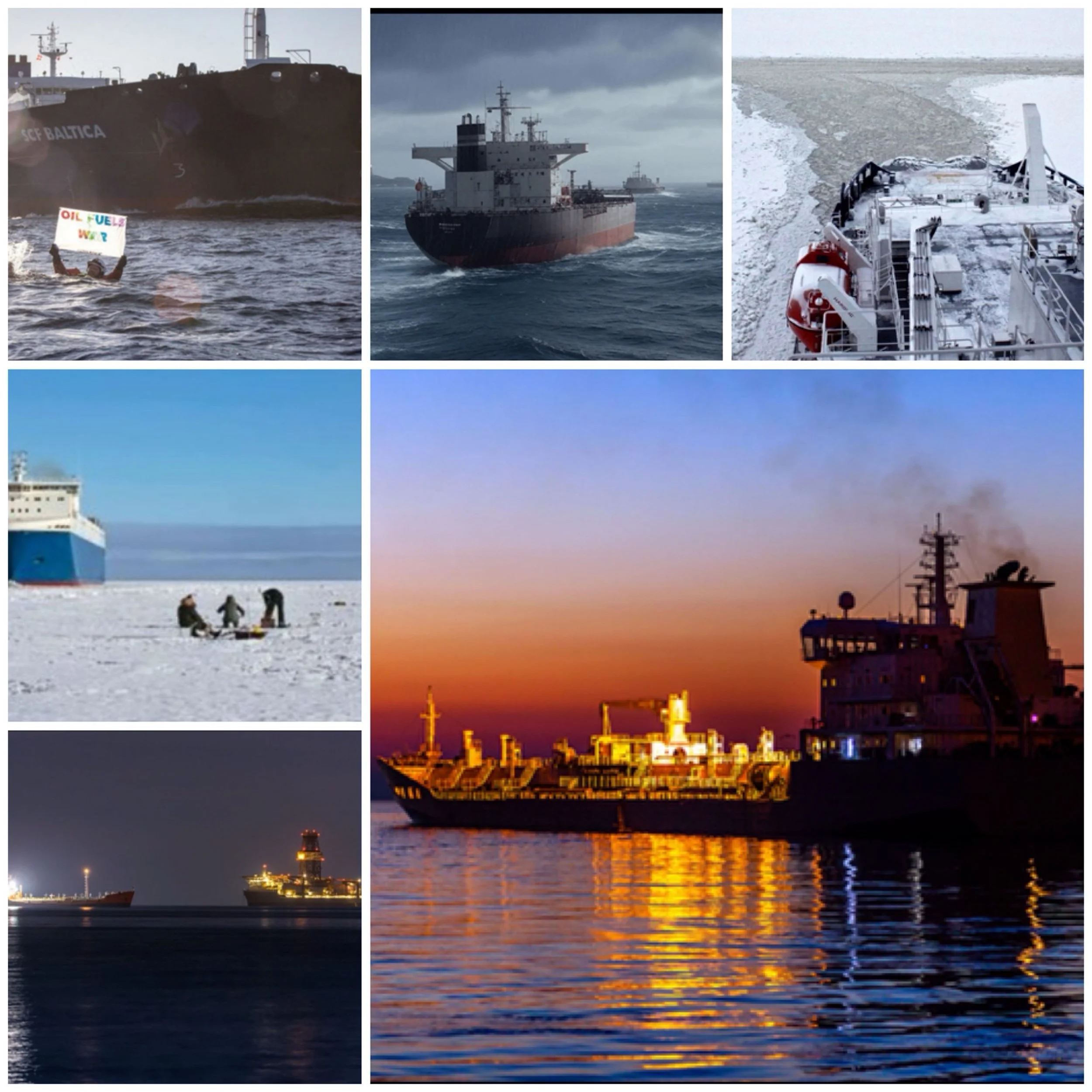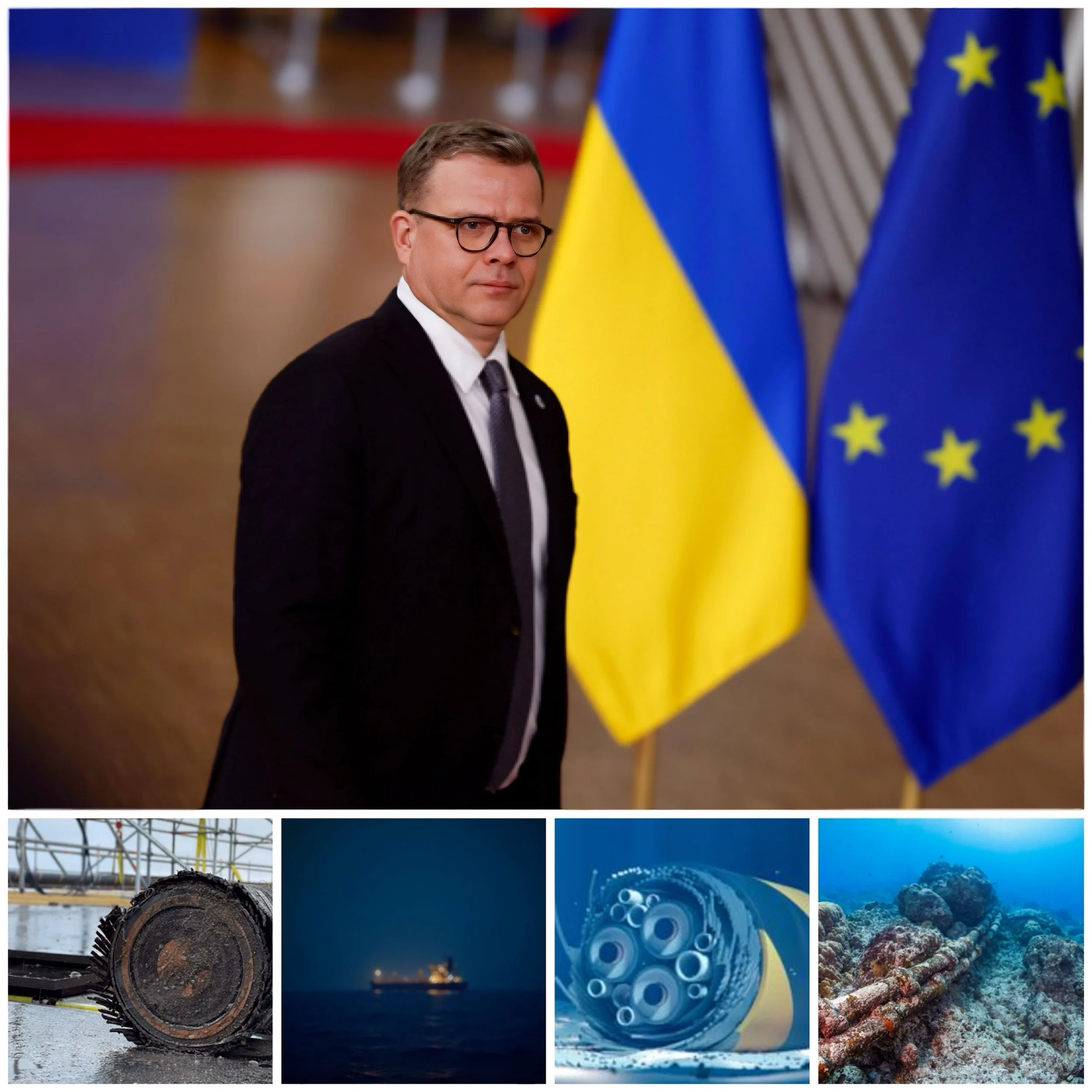Russia’s Dark fleet shipping and causing its dramatic rise
Introduction
What is Dark fleet shipping
Dark fleet shipping in the Baltic Sea refers to the increased presence and activities of vessels, primarily tankers, that operate with reduced transparency and often in violation of international maritime regulations. This phenomenon has become more prominent since Russia’s invasion of Ukraine and the subsequent imposition of sanctions on Russian oil exports.
Characteristics of Dark Fleet Vessels
Age and Condition: Many dark fleet ships are older vessels, often 15 years or older, which increases the risk of malfunctions and accidents.
Opaque Ownership: These vessels frequently have unclear ownership structures, making it difficult to attribute responsibility for their actions.
Evasive Practices: Dark fleet ships engage in tactics such as:
Turning off Automatic Identification Systems (AIS)
Conducting risky ship-to-ship transfers
Using falsified documentation or registrations
The growth of the dark fleet, also known as the shadow fleet, has been driven by several key factors
Sanctions Evasion
The primary reason for the expansion of the dark fleet is sanctions evasion, particularly in response to restrictions imposed on Russia following its invasion of Ukraine in 2022. This has led to:
An explosive growth in the number of vessels operating outside established maritime regulations
The use of complex ownership structures and flags of convenience to conceal true ownership
An increase in ship-to-ship transfers to mask the origin of cargo, especially oil
Economic Incentives
The dark fleet has expanded due to economic motivations, including:
Avoiding compliance costs associated with safety and environmental regulations
Evading insurance requirements and associated expenses
Engaging in illegal activities for financial gain, such as smuggling
Geopolitical Factors
The geopolitical landscape has contributed to the dark fleet’s growth:
Russia’s need to maintain oil exports despite international sanctions
The involvement of other sanctioned countries like Iran, North Korea, and Venezuela in shadow fleet operations
Regulatory Gaps
Weaknesses in the current regulatory framework have facilitated the expansion of the dark fleet:
Insufficient enforcement capabilities of international maritime organizations
Variations in flag state compliance and enforcement standards
Challenges in monitoring and controlling activities in international waters
Technological Exploitation
Dark fleet operators leverage technology to evade detection:
Disabling or manipulating Automatic Identification Systems (AIS)
Using sophisticated methods to falsify vessel positions and transmit false data
Recent incident in Baltic state
December 2024, the Estlink 2 power cable
connecting Finland and Estonia was severely damaged in what Finnish authorities described as
"grave sabotage," with investigations focusing on the Russian-linked tanker Eagle S, while NATO and Baltic nations intensified security measures, including enhanced underwater surveillance and naval operations, to counter recurring threats to critical undersea infrastructure in the region.
On December 25, 2024, the Estlink 2 power cable connecting Finland and Estonia suffered significant damage, reducing its transmission capacity from 1,016 megawatts to 358 megawatts
The Eagle S is suspected to be part of Russia's "shadow fleet," a network used to circumvent Western sanctions. It has been suggested that an anchor from the vessel may have caused the damage. At the time of the incident, the tanker was transporting approximately 35,000 tons of unleaded gasoline. Finnish police have seized the vessel to conduct a more thorough investigation.
Conclusion
The growth of the dark fleet poses significant risks to maritime safety, environmental protection, and the integrity of the global maritime order.






